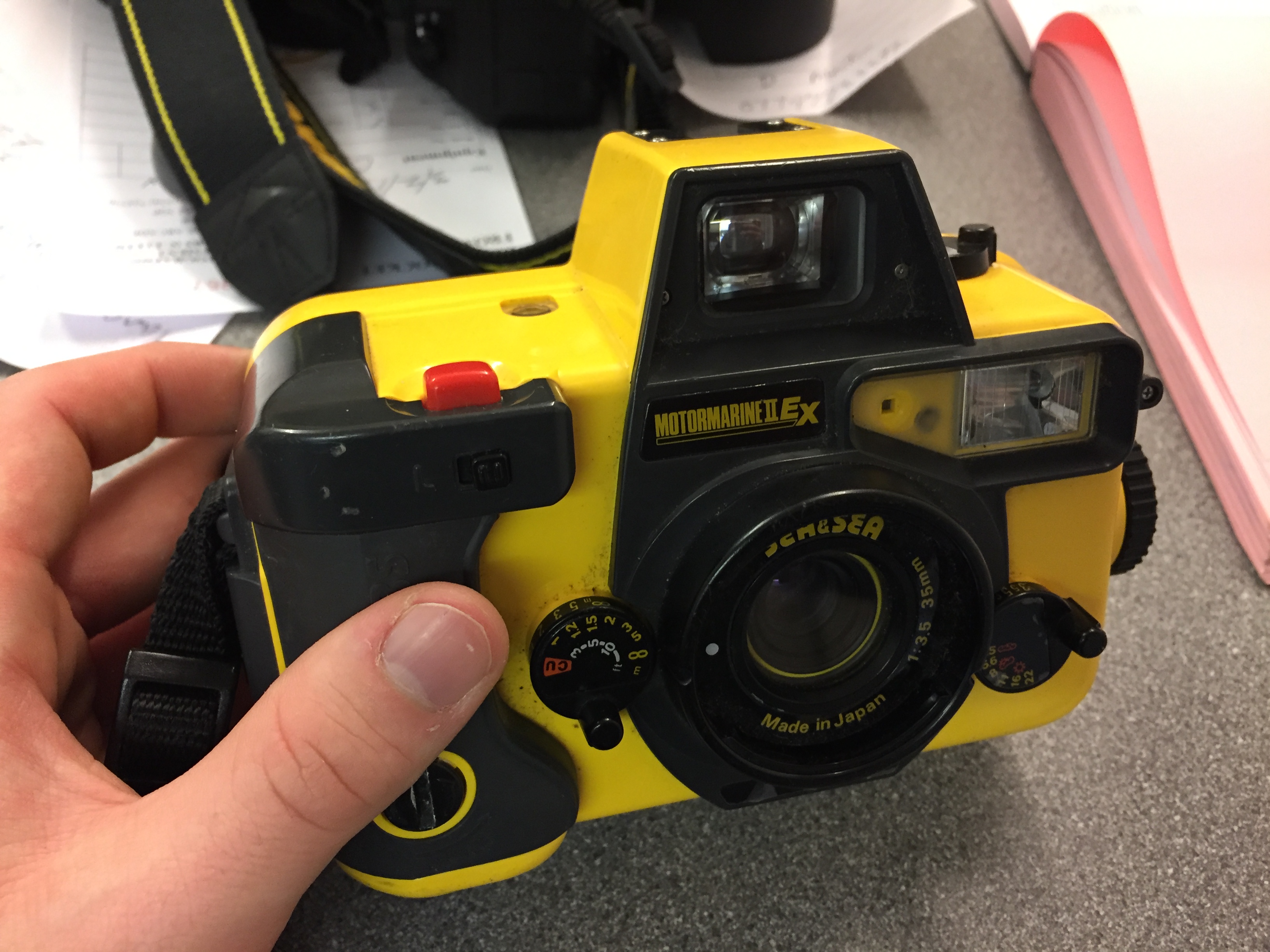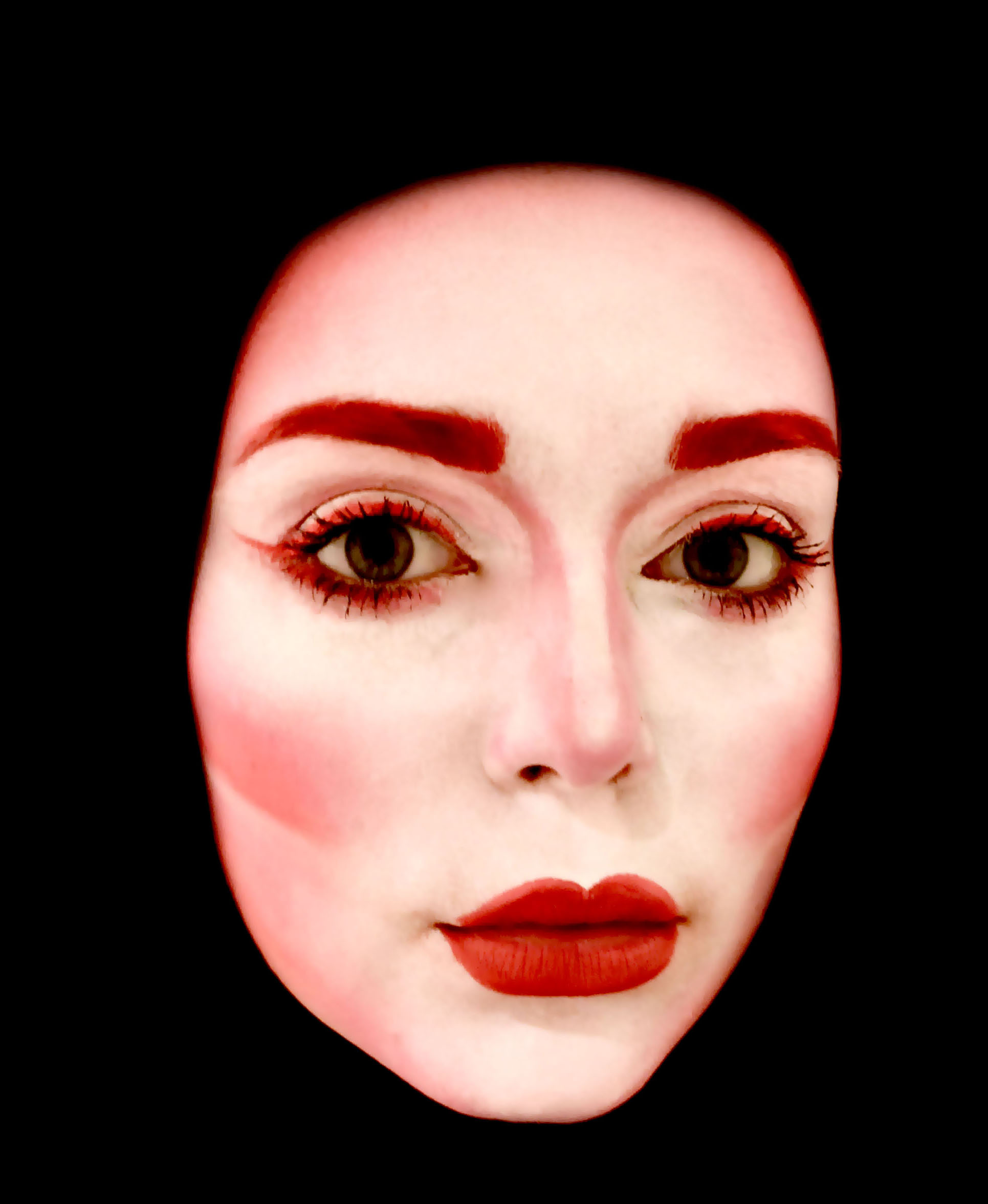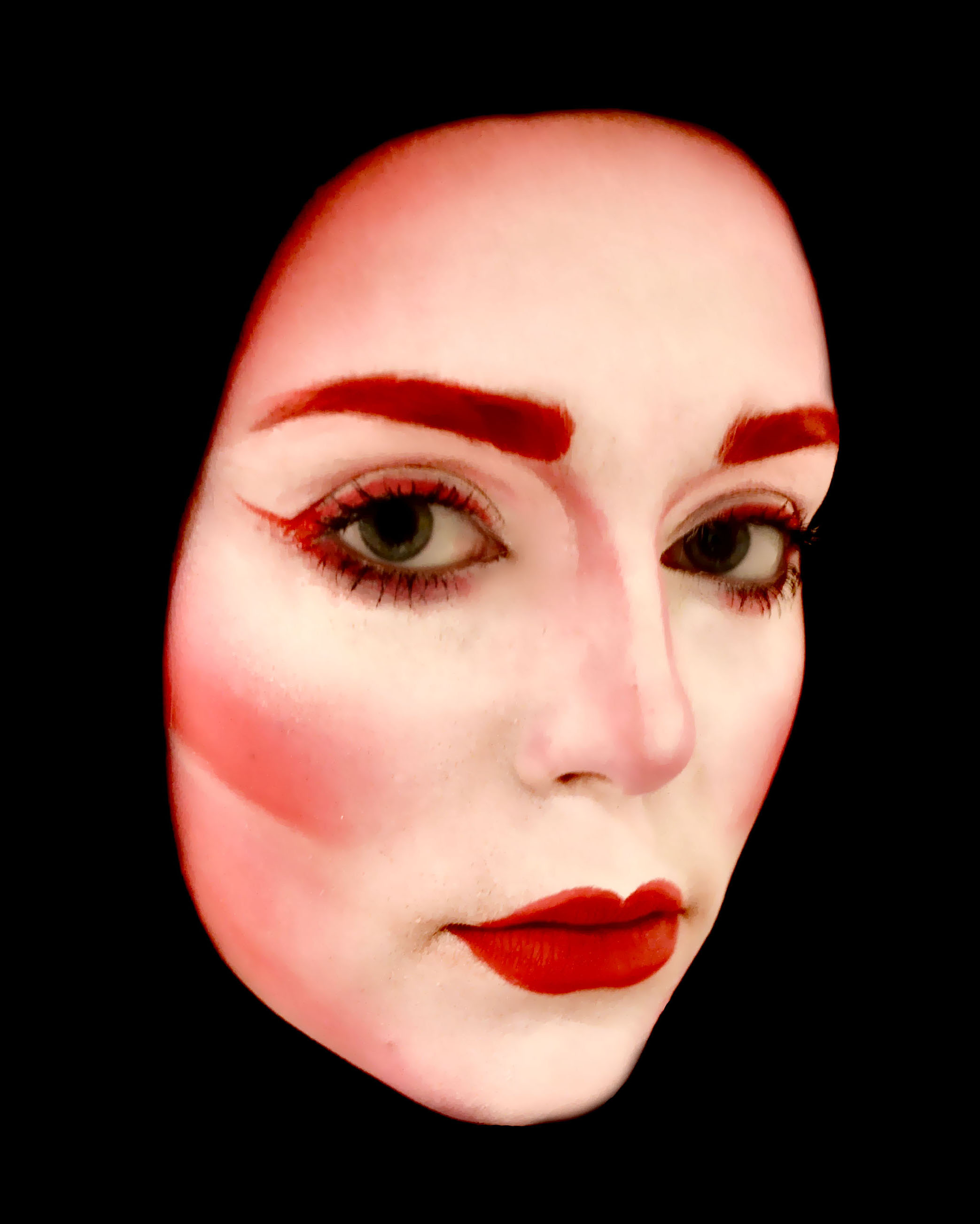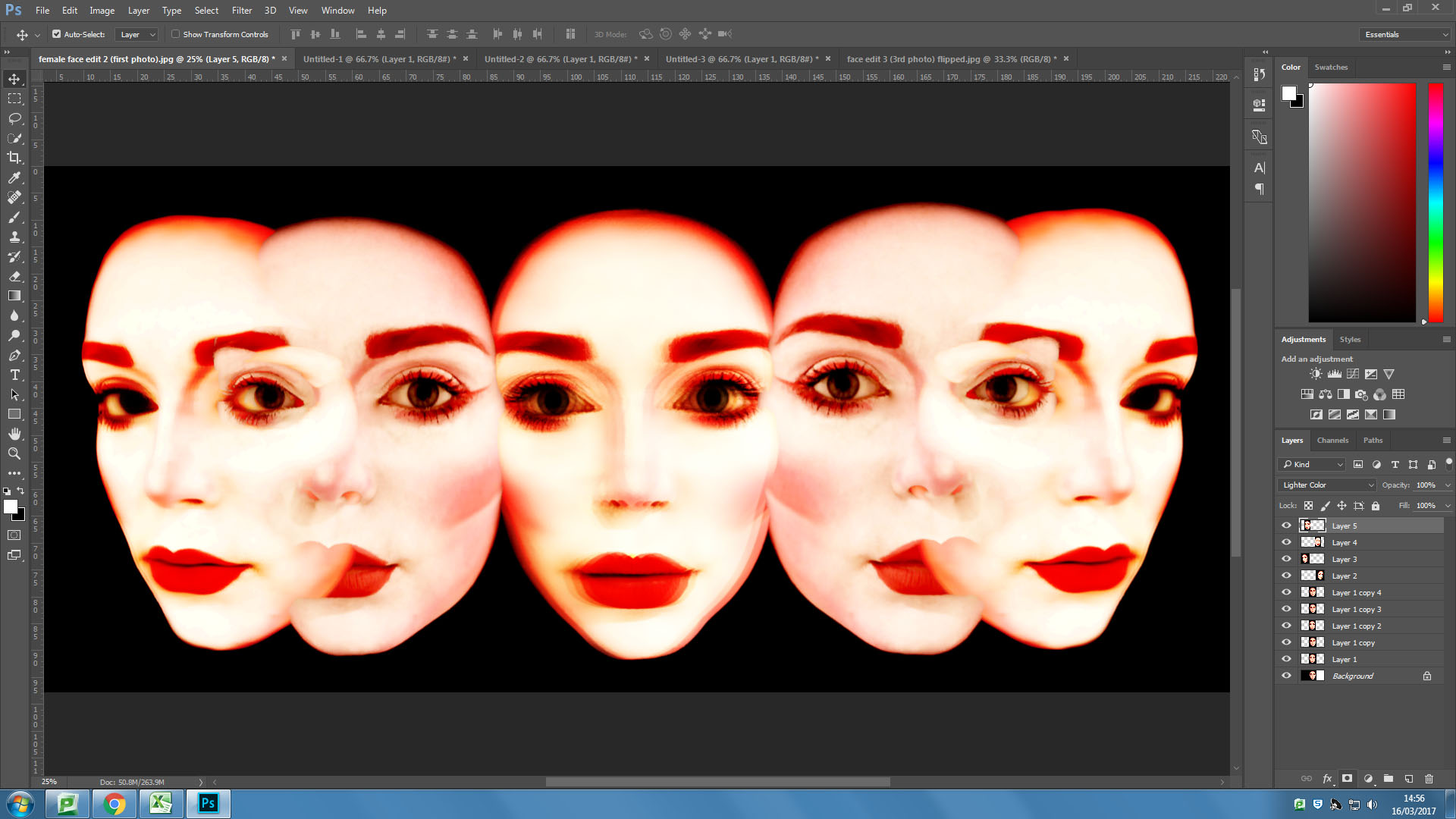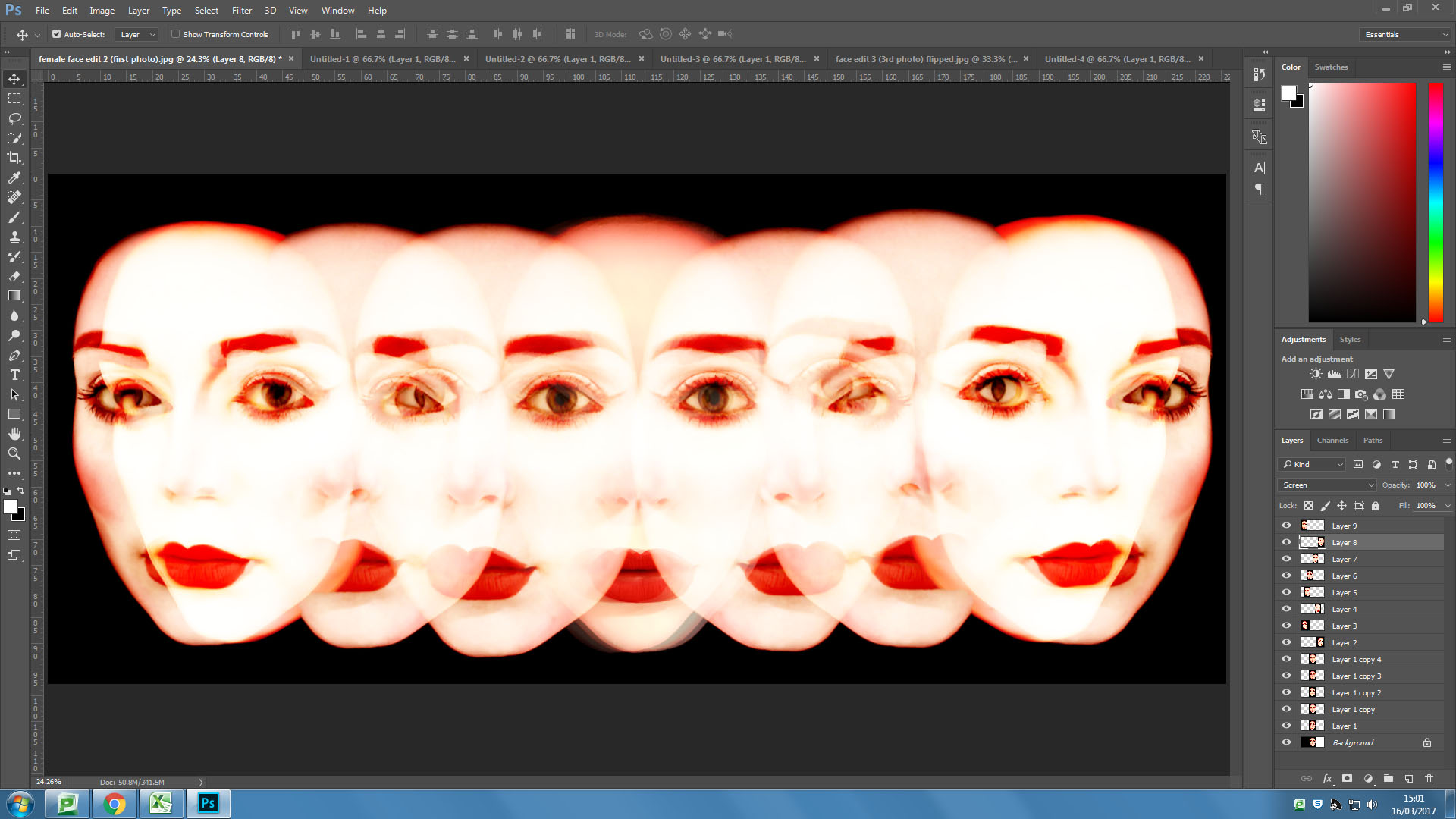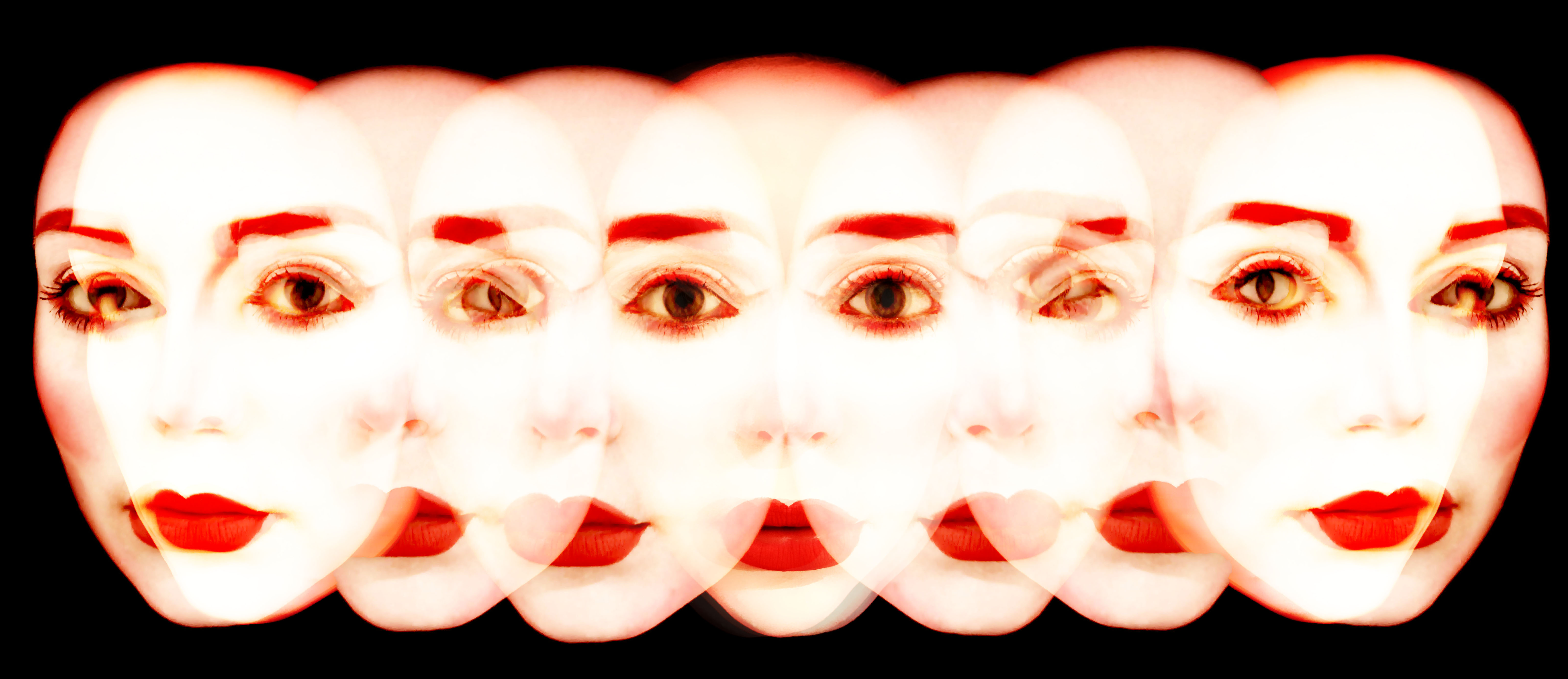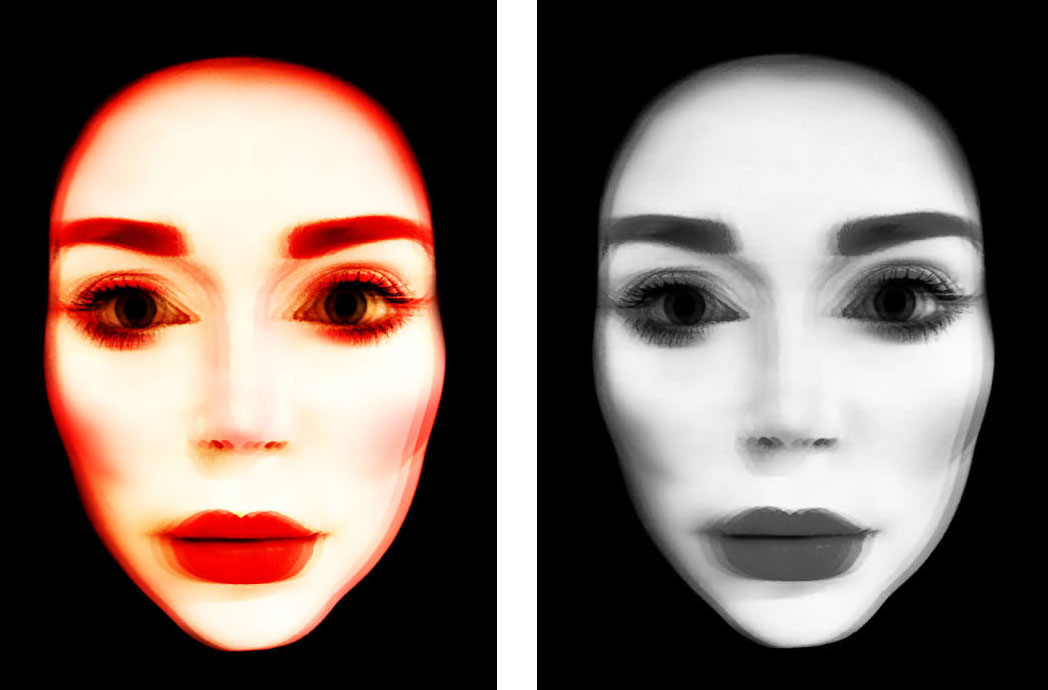Environmental art as a movement includes a range of artistic practices such as historical approaches to nature as well as new politically motivated works which explore the deeper relationships to environmental systems and social concerns. The physical environment has always inspired art, for example it could be said that it began with Palaeolithic cave paintings which represented aspects of nature such as animals and humans interacting with them.

Environmental art is an umbrella term which encompasses many different art styles , techniques and objectives. The artists associated with it often share similar beliefs about human interconnectedness to the natural world-socially, economically or spiritually. Environmental art contains a variety of sub movements including romanticism in the way that it seeks to celebrate the beauty and greatness of nature and the people connected to it as well as Eco-realism and Gaga art.

The growth of environmental art as a specific movement began around the late 1960’s and early on it was associated predominantly with sculpture and land art. It partly arose out of criticisms that sculpture was out of harmony with the environment. In 1968 Robert Smithson organised an exhibition in New York titled “Earthworks” which challenged conventional ideas to do with exhibitions because his artwork was too large to be collected. They were represented by photographs which emphasised the resistance to acquisition .

Earth art uses the natural landscape to create structures, forms and sculptures and it grew from ideas associated with conceptualism and minimalism. These were popular during the 1960’s when artists began to abandon traditional approaches and new ways of engaging with the world through art. There was a change from representing nature in art to utilising it as a material which has connections to primitive artists who used the natural materials available to them. Although some artists such as Smithson used mechanical earth-moving equipment to make their artworks, other artists made minimal and temporary interventions in the landscape such as Richard Long who simply walked up and down until he had made a mark in the earth.
The system of presenting art went through radical change as the Book ‘The representation of nature in art’ explains, artists reject the “traditional workshop-museum-gallery circuit”. It goes on to say that Land artists are grouped together by their desire to “work on the spot so that they can leave their mark, in one way or other, on whatever scale, and for however long, without deciding in advance how their works are to be accessed. They use photographs, film, maps and drawings to describe their work, which usually remains inaccessible… these artists use nature, not to reveal its beauty and evoke emotions but rather to dig, mark, plot, and transform. In this way the sculptural dimension emerges”. It is explained that Land art is “more the result of different intellectual, sociological and artistic paths than an aesthetic manifesto. The only thing the paths have in common is their medium: nature.”

By using the most basic materials Earth artists aim to get as close to the essence of their work as possible. The often ephemeral nature of their work means that they accept the inevitability of their work disappearing which means the role of photography in recording it is very important. I find this connection between art, sculpture and photography interesting as well as the way that it is reflective of very primitive methods of creating art but utilises new technologies to record it.




